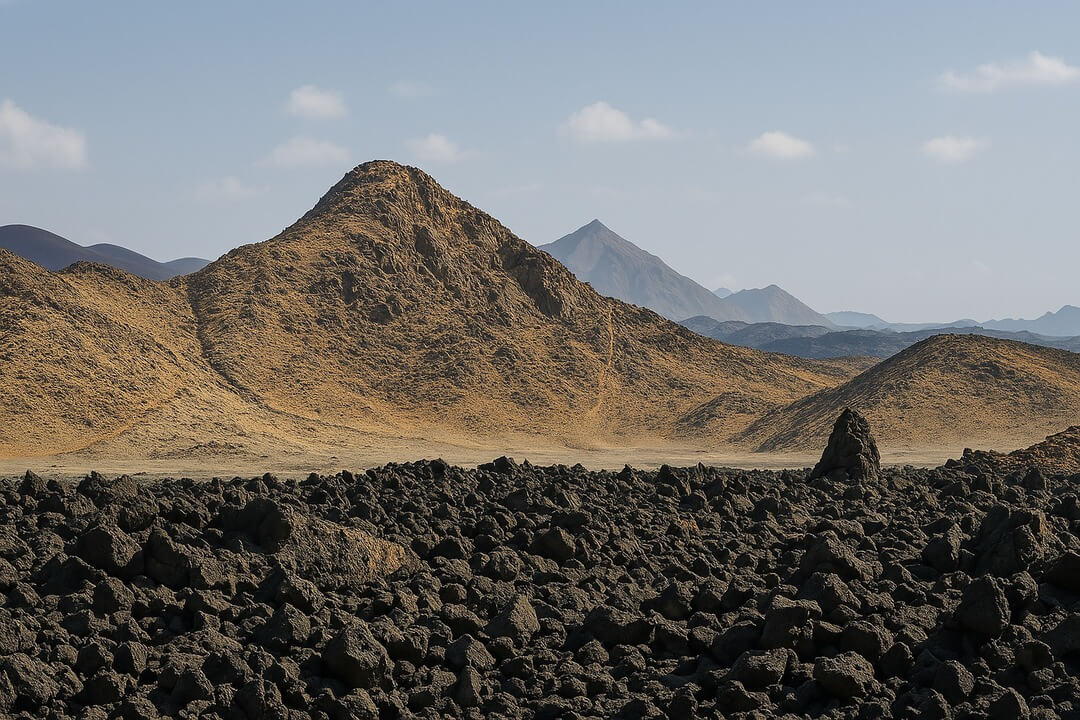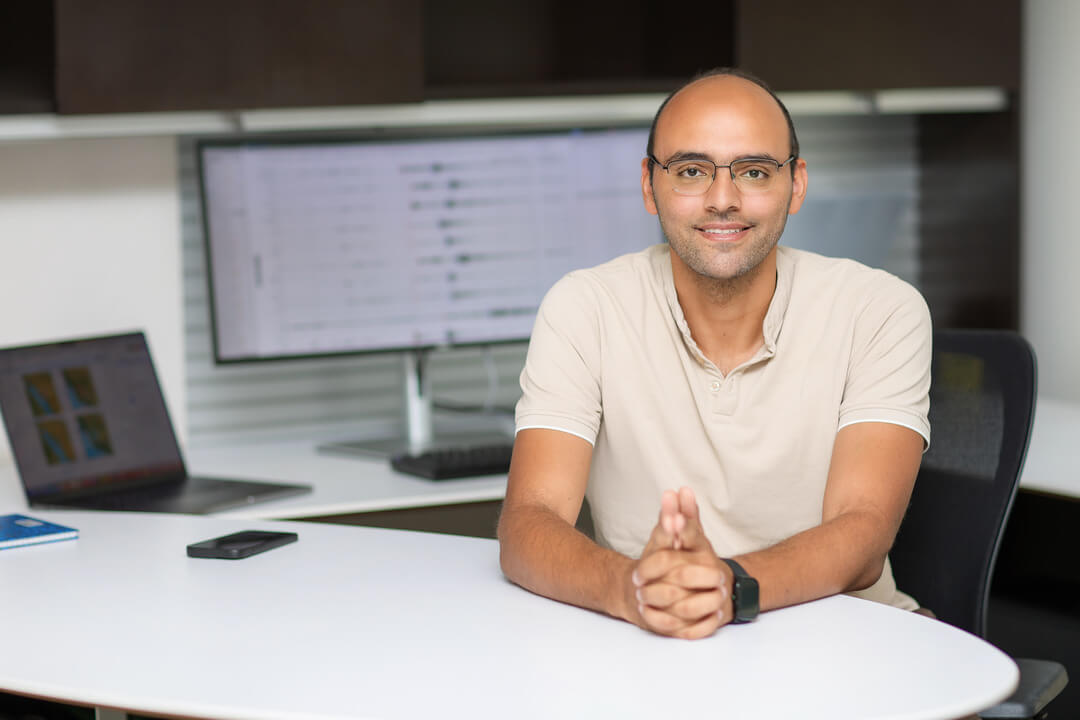The Saudi Geological Survey is using KAUST AI technology to monitor earthquakes in the Kingdom

A photo of the Al Ays region
- By adopting KAUST AI, the Saudi Geological Survey is building better monitoring and warning systems across the Kingdom
As part of its new strategy announced two years ago, KAUST has amplified its work with national organizations, seeking ways to convert its innovative, world-leading research into tangible benefits for the Saudi people. One example is a project led by KAUST Professor Tariq Alkhalifah and KAUST Research Scientist Omar Saad, who contacted the Saudi Geological Survey (SGS), asking about their challenges in geological mapping across Saudi Arabia. Those initial conversations have led to new AI technology that is allowing the SGS to better scientifically understand seismic activity and deploy warning systems that protect more buildings and save more lives.
Despite known mostly as a vast desert, Saudi Arabia has some areas prone to earthquakes. Especially on its western side, volcanoes and fault regions give the Kingdom notable seismic activity. Indeed, the SGS has detected tens of thousands of earthquakes – albeit weak – in the past fifteen years around Harrat Al-Shaqa, and over 3,000 alone in May 2009 in the nearby city of Al Ays.
These swarm earthquakes, which are common in volcanic regions, add extra challenges to their study, as scientists struggle to ascertain their origins and other key features due to the difficulty of distinguishing which vibrations come from which earthquake. The AI system designed by Alkhalifah and Saad allows the SGS to provide a more reliable survey of the region, and using the same tool, they expect to expand to more regions, eventually incorporating AI into their analysis of the whole Kingdom.
"KAUST approached us, listened to our challenges in development, and offered a scientific solution. Their AI system is superior to the manual analysis we have encountered and is allowing us to conduct an advanced analysis of the Kingdom's seismology that will make for better infrastructure and protect many more lives," said Turki Sehly, Senior Director of the Geohazard Center at SGS.
With major advances in computational power, scientists have achieved an unprecedented understanding of earthquakes, including their location and magnitude, which have helped model how future earthquakes will behave. These details are critical for good government policy and building codes. However, as sophisticated as these computational models have become, when swarm earthquakes occur, human scientists still struggle to sometimes decipher one earthquake from another.
"There is a human factor when using conventional computation methods to study earthquakes," said Saad. "While experts are still the best, AI tools are demonstrating an ability to manage complicated data and separate different earthquakes."
According to Lotfy Samy, Consultant at the National Program of Earthquakes and Volcanoes, SGS, the AI tools provided by Alkhalifah and Saad have proven a great asset.
"Two years ago, SGS implemented a detection system called Antelope to automatically detect and analyze earthquakes simultaneously. In collaboration with KAUST, we have implemented one of the most cutting-edge AI technologies as part of the system. Our goal is to revolutionize seismic phase picking in the Al-Ays region,” he said.
A key advantage of this AI-driven approach is the ability to identify small earthquakes that might be missed by manual detection methods. To researchers like Saad, an earthquake is a series of waves – p-waves and s-waves. Seismologists rely on these waves to detect and monitor the earthquake, leading to a superior catalogue of information on the location and magnitude, as well as the fault mechanism, origin time, and other informative parameters about the earthquake compared to current methods. Such a catalogue is used to develop better warning systems and alert regions at risk faster when a seismic event occurs. Early notice of a few minutes or even a few seconds can prove invaluable to communities.
Saad had originally trained as a computer vision scientist but later joined the National Research Institute of Astronomy and Geophysics in his home country of Egypt. There, he developed AI technologies for earthquake research that have been used in countries all over the world. Joining KAUST in 2023 for a different project, he was eager to assist the SGS in its mission.

Omar Saad working on SGS data
"For me, the opportunity to further develop AI technologies and to benefit the Kingdom made working with the SGS an easy decision," he said.
Saad noted that what distinguishes the SGS project from his previous work is that the KAUST AI works with real-time data. This advancement has come from constant progress in computational power, improvements in customized KAUST AI software, and the quality of the data provided by the SGS. Following the successful test case of Al Ays, KAUST and SGS plan to expand their collaboration.
Alkhalifah explained that while KAUST scientists have a deep passion for science, a stronger motivation is using their science in ways that benefit people's lives and the Kingdom.
"Projects like this one with the SGS are pretty representative of how we work. Yes, we enjoy being in the lab. But at the end of the day, the best fulfilment from our work comes when we can create real tangible value," he said

